In Argentina’s Puna de Atacama Desert, an extraordinary ecosystem unfolds, characterized by a mosaic of crystal-clear lagoons and massive salt plains.
This discovery has the potential to provide insights into the early conditions of life on both Earth and Mars.
Researchers Haven’t Seen Anything Like This Before
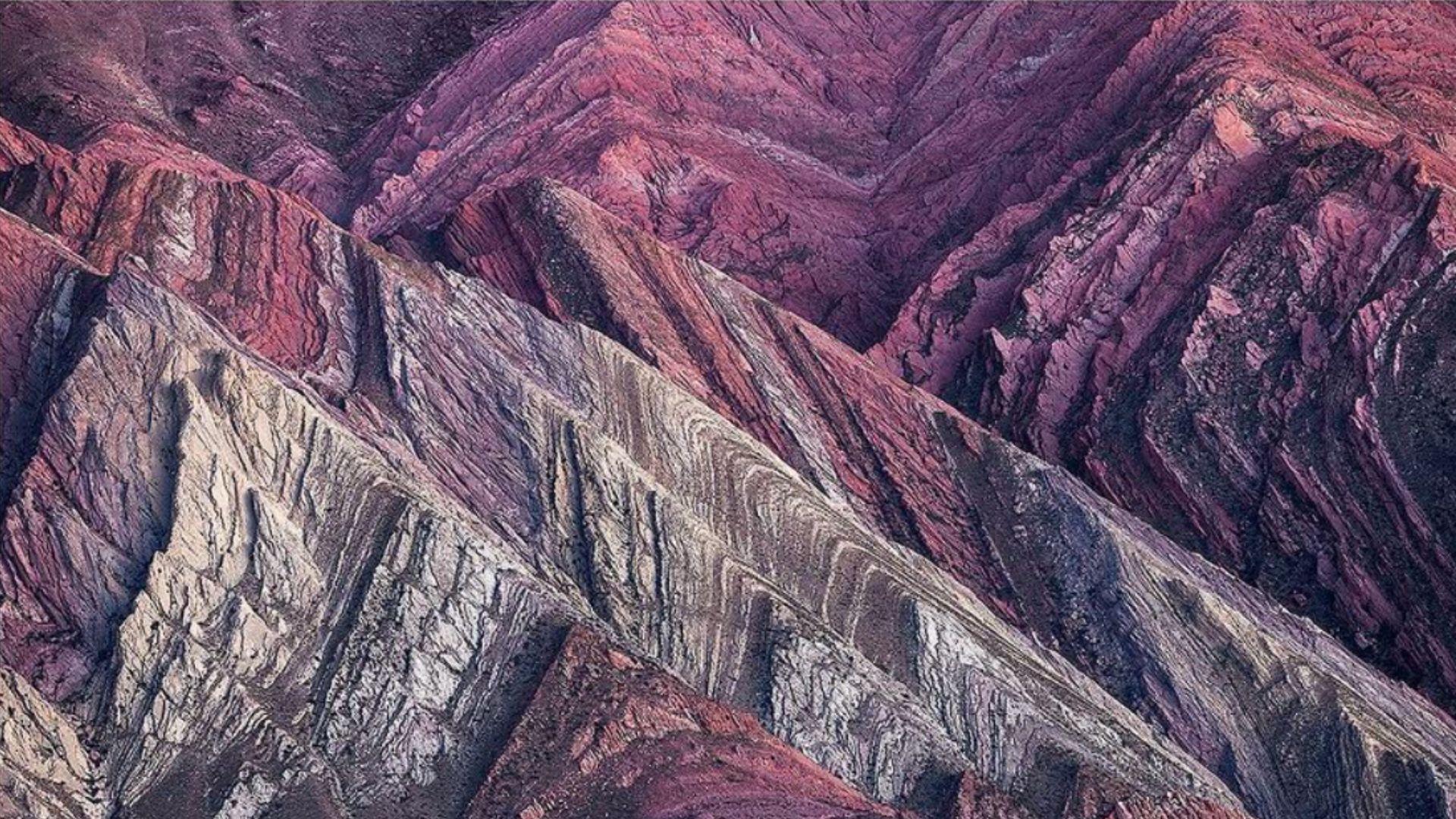
Researchers describe this unique environment as unlike anything they’ve ever seen before, with never-before-encountered lagoons hosting rock formations layered with microbes, resembling some of the earliest known life-forms on Earth.
The discovery of this extraordinary landscape was unexpected, as researchers stumbled upon it while analyzing satellite images of the desert in northwestern Argentina.
Puna de Atacama Is a Challenging Environment
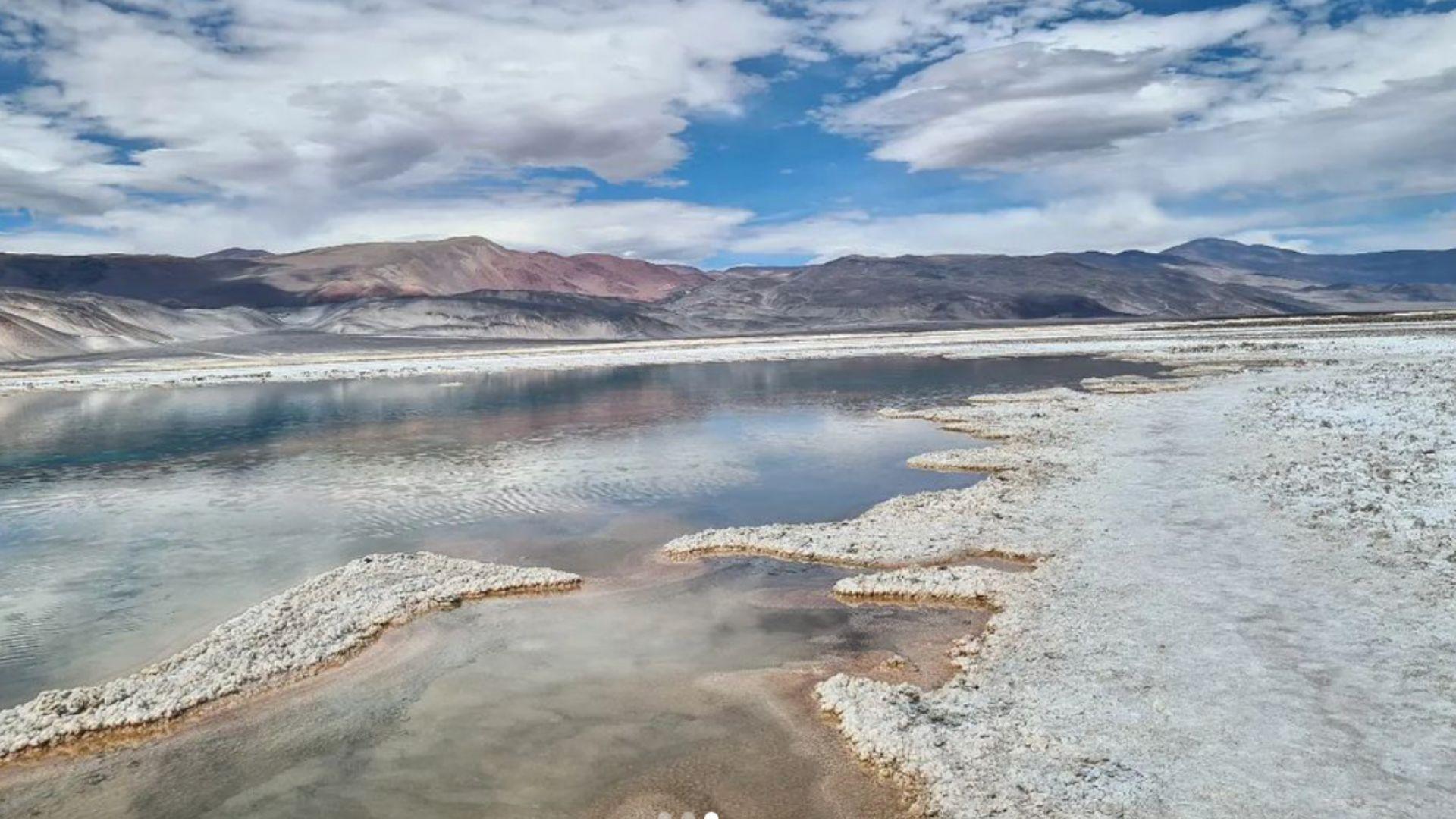
Puna de Atacama is located at over 12,000 feet above sea level on the border with Chile. It presents a challenging environment with high altitude, arid conditions, and intense sunlight, making it a harsh habitat where only a limited number of plants and animals can survive.
Brian Hynek, an associate professor of geological sciences at the University of Colorado Boulder, and Maria Farías, a microbiologist and co-founder of the environmental consultancy PunaBio, trekked miles through the desolate terrain before finally encountering the lagoons.
This Is Unlike Anything Any Scientist Has Ever Seen

“This lagoon could be one of the best modern examples of the earliest signs of life on Earth,” said Hynek (via CU Boulder Today). “It’s unlike anything I’ve ever seen or, really, like anything any scientist has ever seen.”
The recently discovered extraterrestrial-like ecosystems consist of 12 shallow pools of crystal-clear water, encircled by mountains, spanning 25 acres of desert.
Microbial Growth Discovered at Puna de Atacama
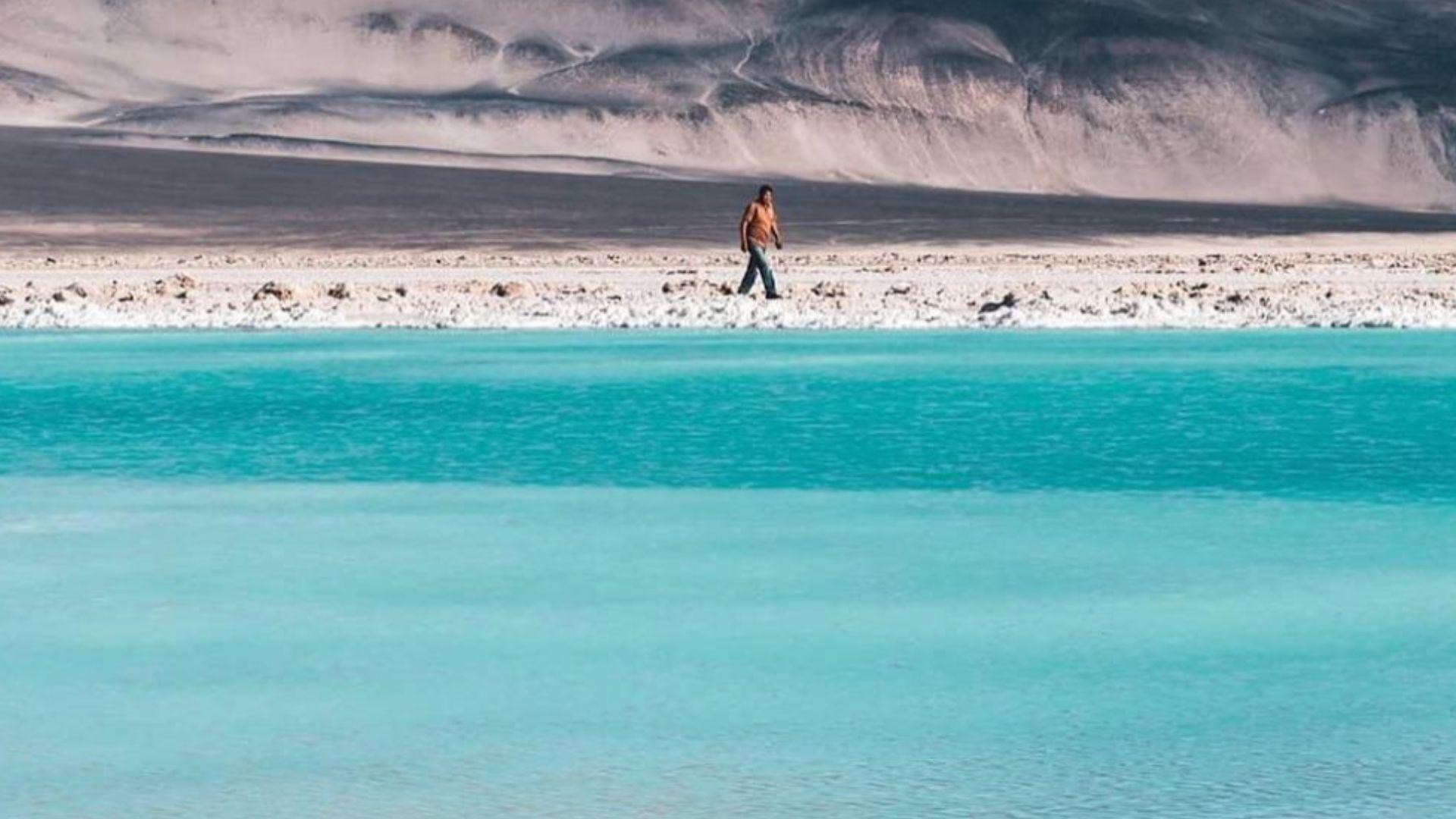
Below the surface of these lagoons, the researchers observed small hills covered in green microbial growth.
The mounds, measuring approximately 15 feet across and standing several feet tall, provide a glimpse into the earliest phases of life on Earth and potentially ancient life on Mars, as detailed by Hynek.
Stromatolites Are Present at Puna de Atacama
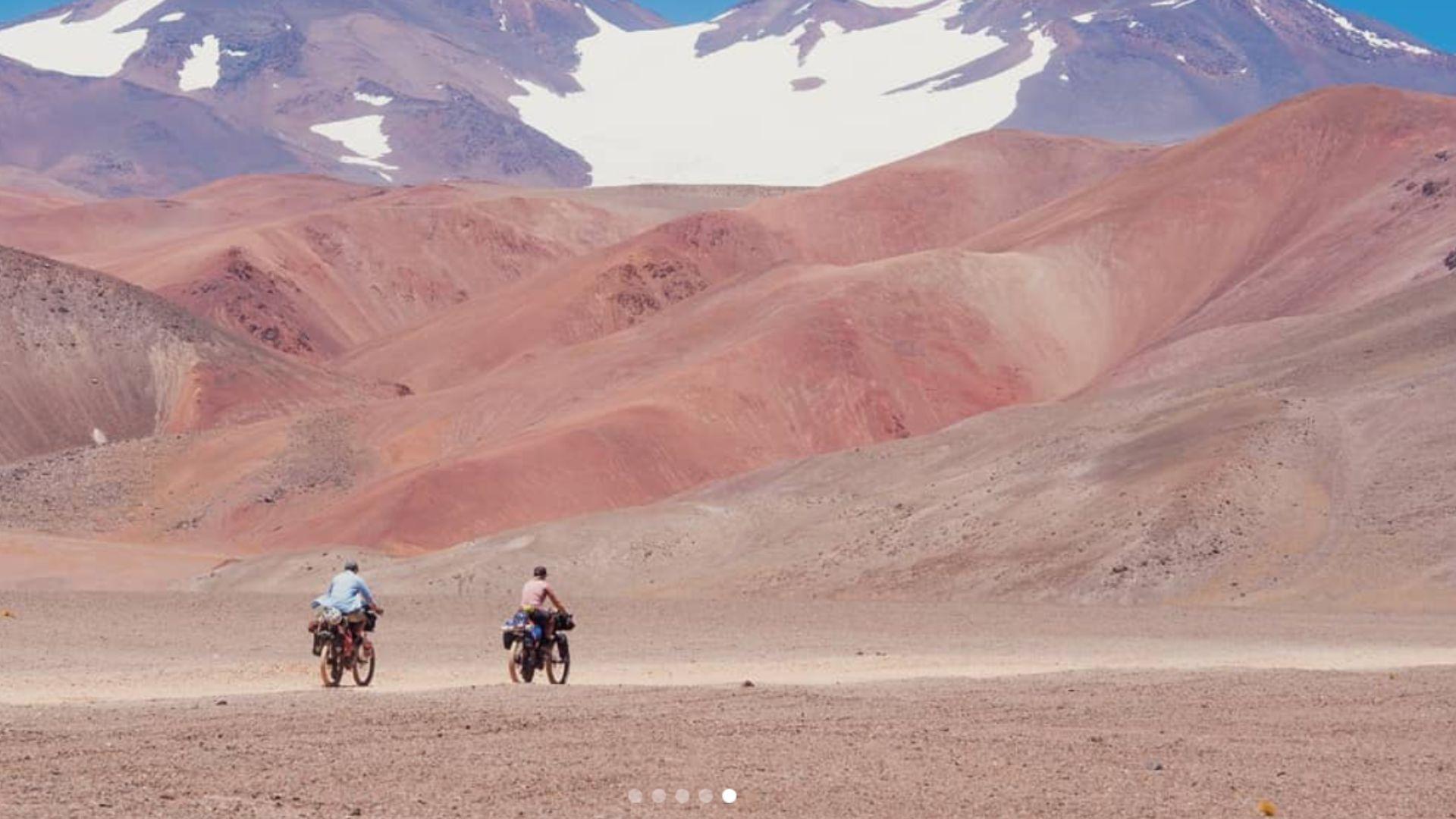
Preliminary observations suggest that these formations are likely stromatolites — intricate communities of microbes whose secretions solidify into rock layers.
The hills, immersed in the salty, acidic waters of the lagoons and exposed to intense solar radiation, harbored two distinct types of microbes.
Cyanobacteria and Archaea Discovered

The exteriors were adorned with layers of photosynthetic bacteria known as cyanobacteria, while the interior boasted thriving communities of single-celled organisms referred to as archaea.
Hynek went on to say, “If life ever evolved on Mars to the level of fossils, it would have been like this.”
Archaean Age Stromatolites Found in Puna de Atacama
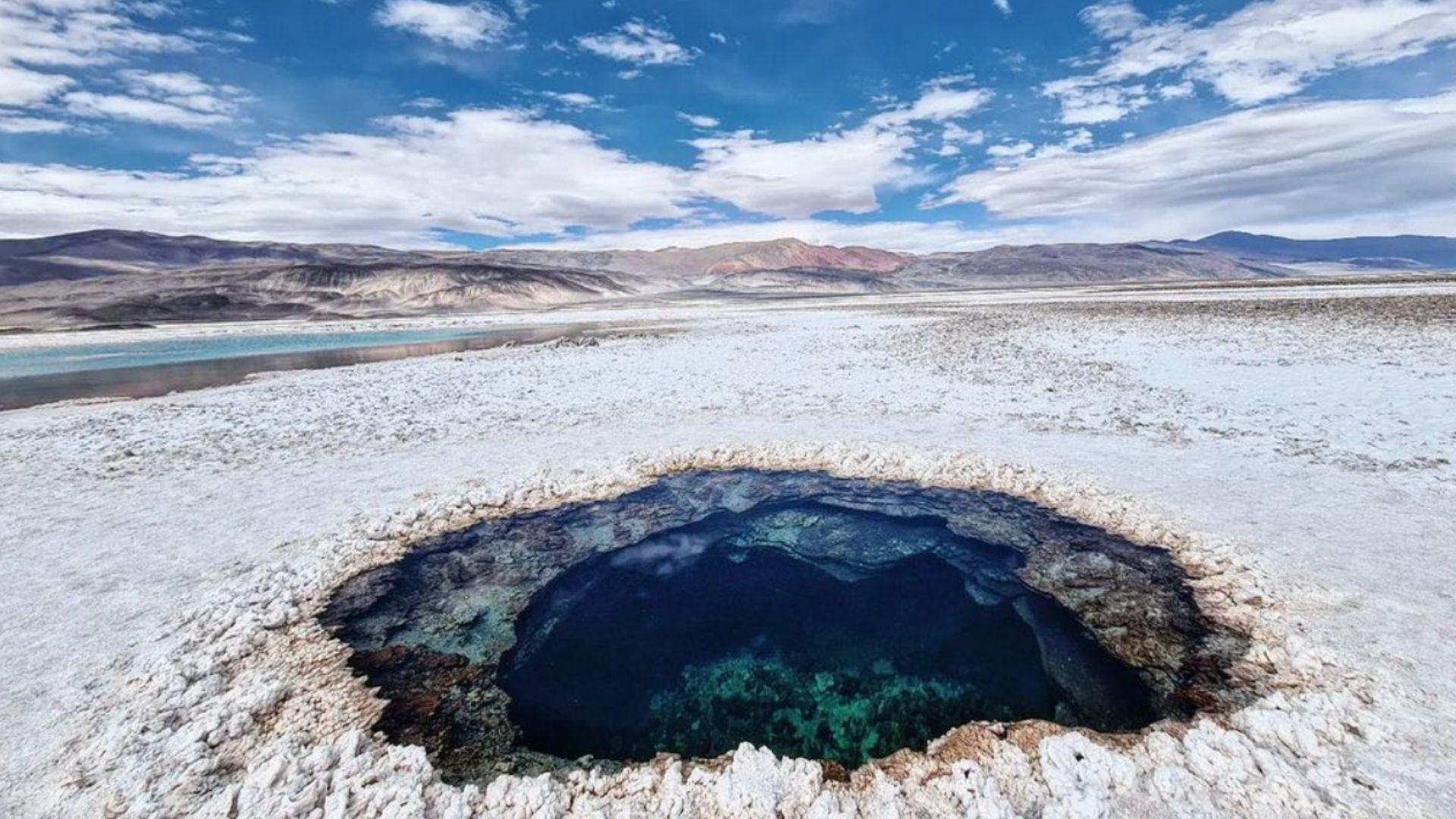
Preliminary observations indicate that these communities may bear a resemblance to stromatolites that thrived during the early Archaean age.
This was a period in Earth’s history characterized by an almost nonexistent presence of oxygen in the atmosphere.
Understanding These Modern Communities Could Inform Us of Mars
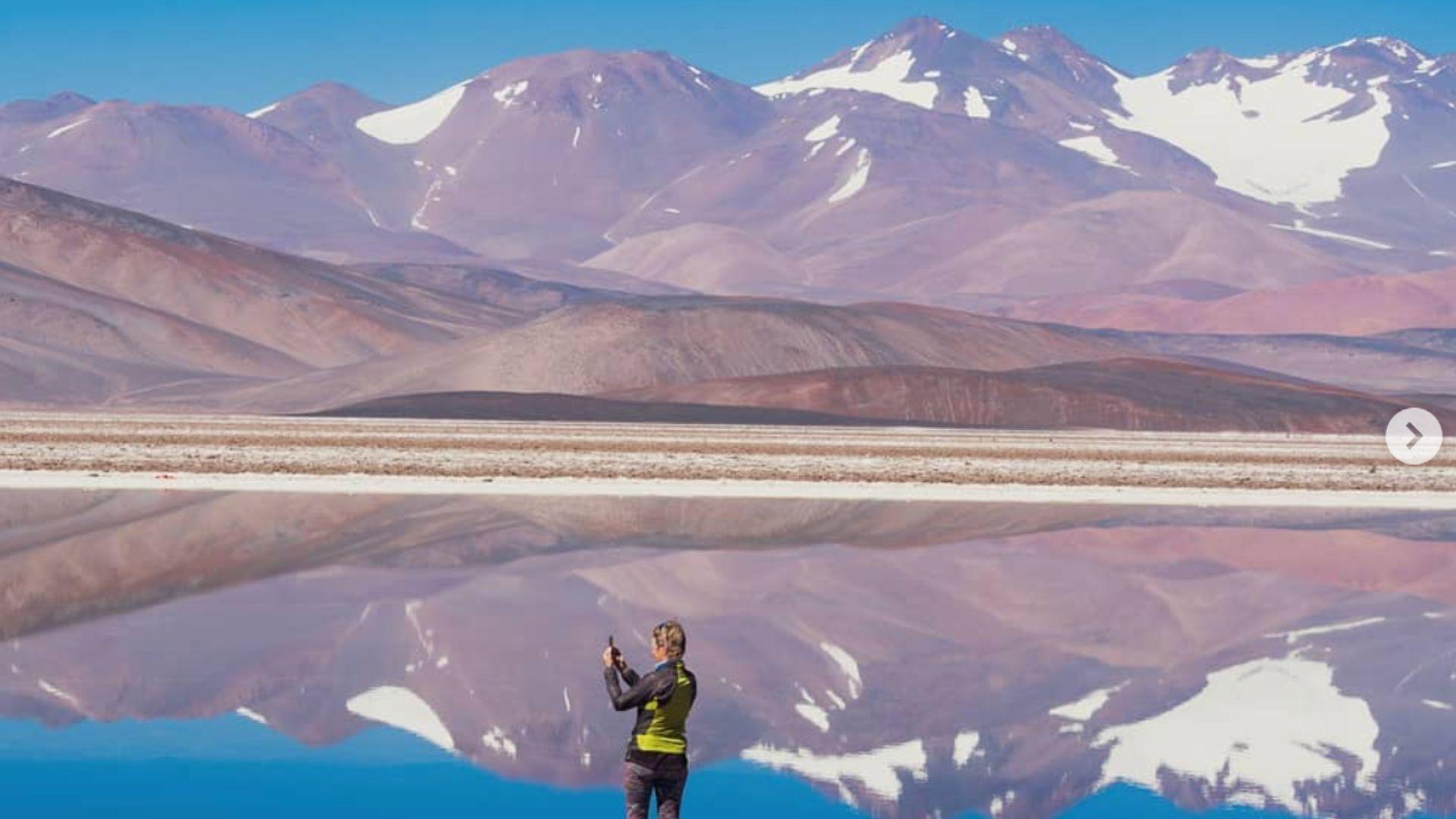
According to Hynek, these findings could be helpful to space exploration. “Understanding these modern communities on Earth could inform us about what we should look for as we search for similar features in the Martian rocks.”
Puna de Atacama not only features 12 captivating crystal-clear lagoons spanning approximately 25 acres but also holds the potential to unveil insights into the early stages of life on Mars and Earth.
The Stromatolite Assembly in Puna de Atacama Is Different from Anything We Have Seen

This unique landscape is due to those strange stromatolites. These communities create substantial rock mounds as they mature.
The particular stromatolite assembly in Puna de Atacama is evolving in a manner distinct from any other in the contemporary world, adapting to the challenging Atacama climate characterized by infrequent rainfall and relentless sunlight.
These Stromatolites Are Otherworldly
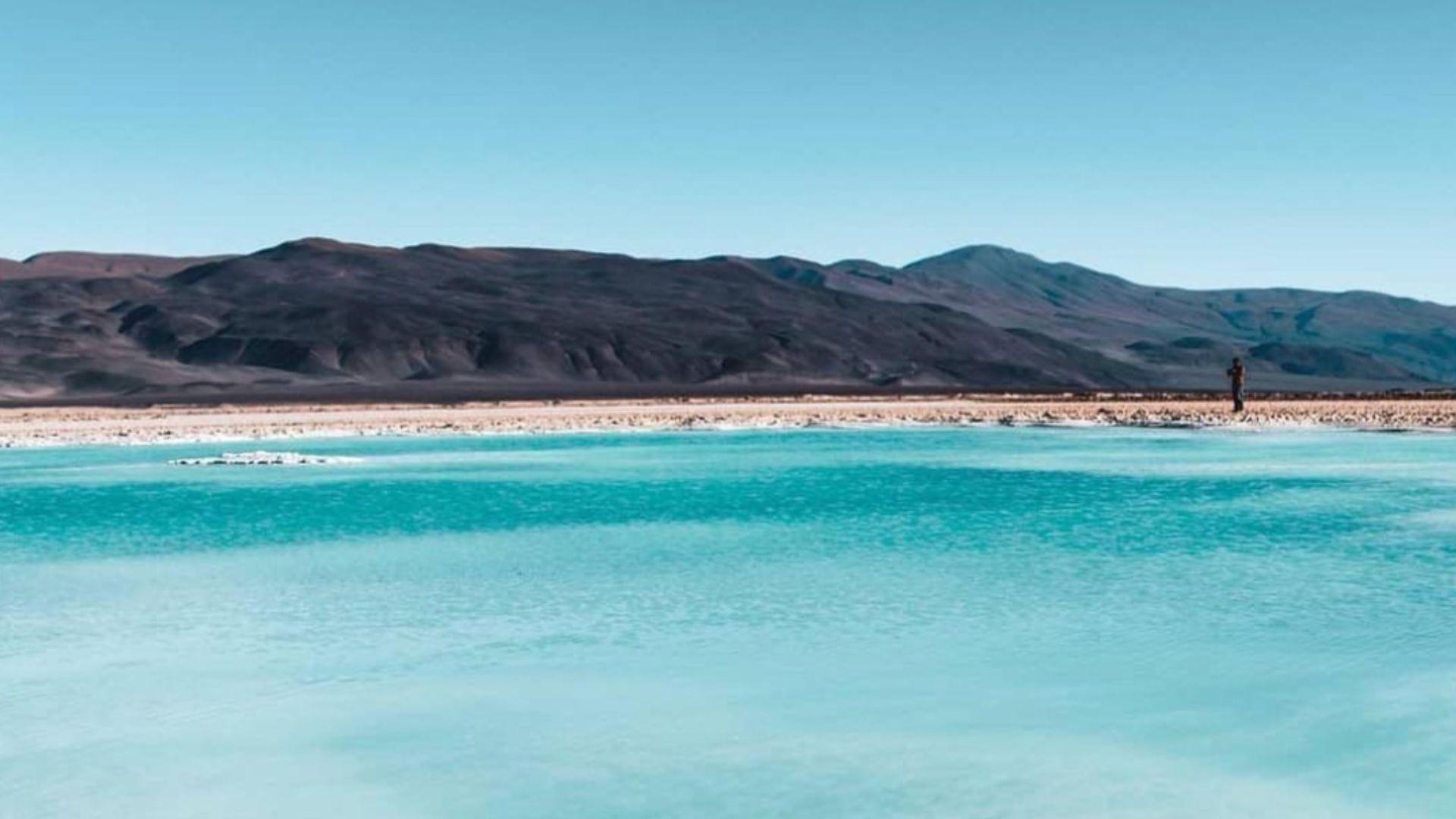
While stromatolites are present on today’s Earth, such as off the coast of the Bahamas, contemporary microbial clusters are generally small.
In contrast, ancient stromatolites could reach heights of up to 20 feet and actively absorbed calcium and carbon dioxide from the surrounding water, leading to the precipitation of minerals around them, similar to that of Puna de Atacama.
Researchers Must Hurry to Study Before Lithium Mining Starts
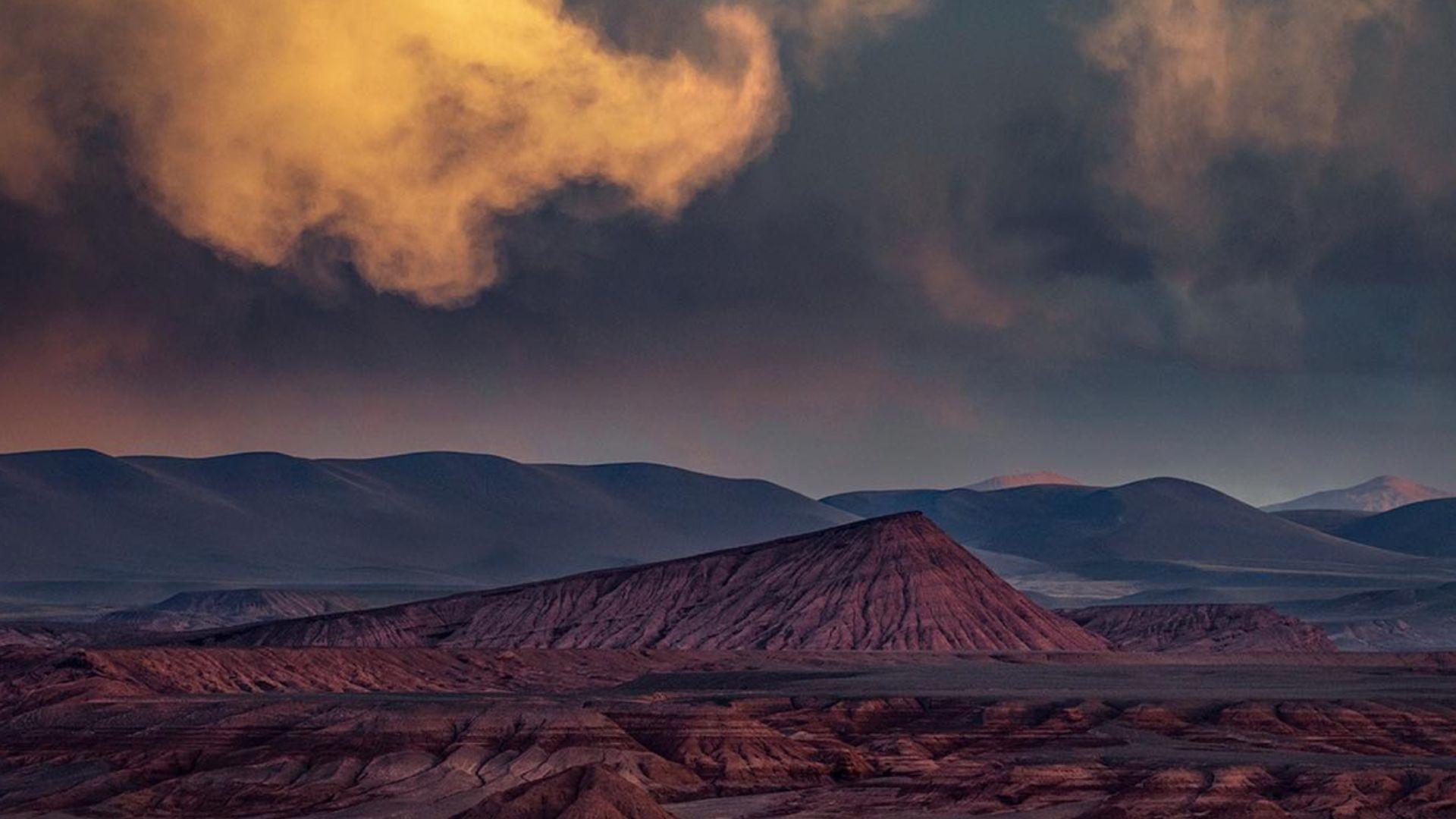
While fascinating, researchers must act swiftly to validate these preliminary findings because the location has been leased for lithium mining.
“This entire, unique ecosystem could be gone in a matter of years,” Hynek said. “We’re hoping that we can protect some of these sites, or at least detail what’s there before it’s gone or disturbed forever. “
